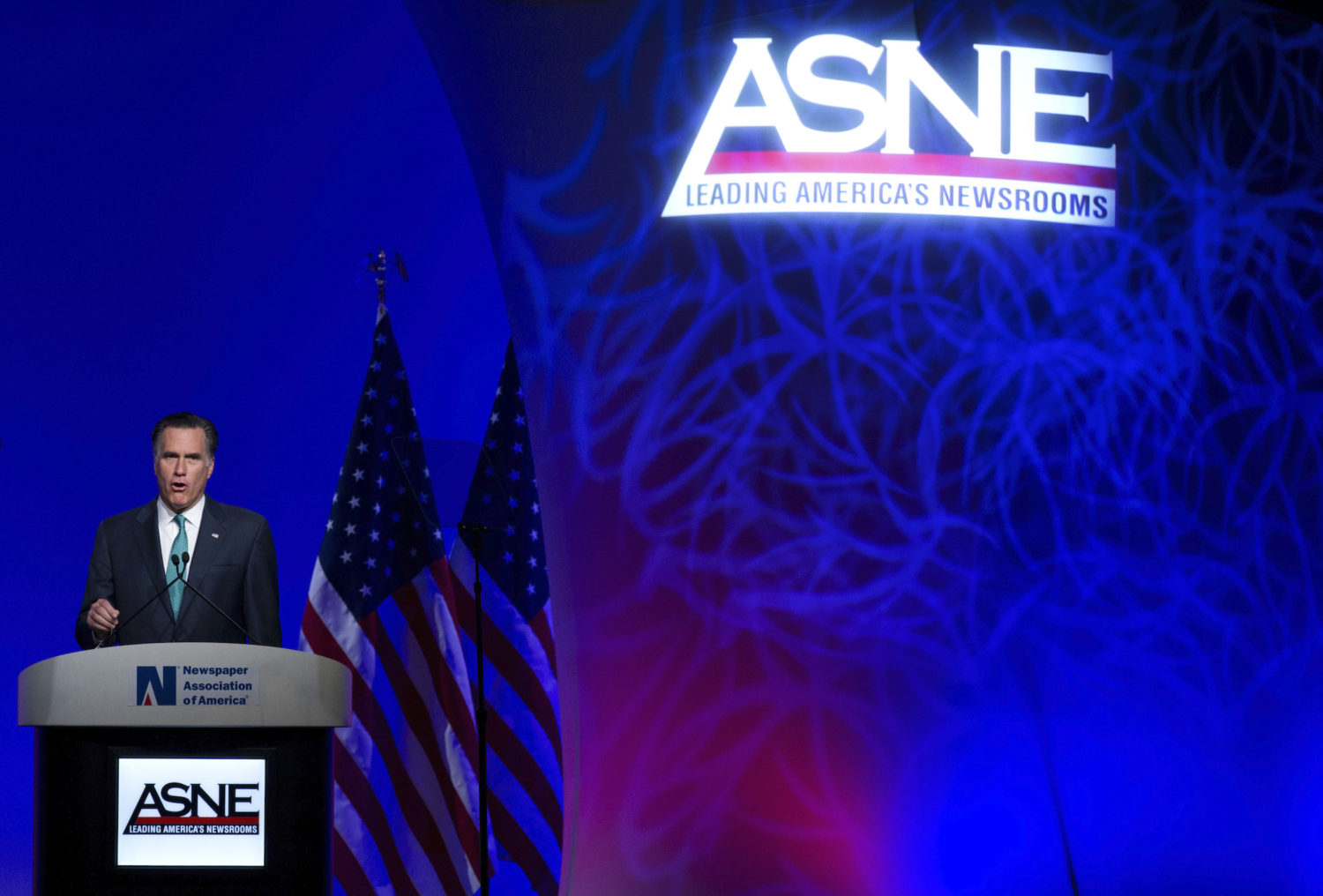The News Leaders Association — formed by the merger of two newspaper editors’ associations — has canceled its 2020 annual conference, which had tentatively been planned for Nashville this fall.
Instead the NLA is rolling the meeting to spring 2021, time and place to be determined (the decision was made before the coronavirus outbreak).
That may sound like another hit to the struggling industry, but not necessarily, Michael Days, vice president for diversity and inclusion at The Philadelphia Inquirer and chairman of the group, told me.
The merger of the American Society of News Editors and Associated Press Media Editors, planned and approved in 2018 and 2019, is simply taking longer than expected to complete, Days said.
“We are still in the midst of a search for a new executive director,” he said. “We are looking for someone who can be a force on First Amendment issues and speak up for the industry.”
ASNE previously had an executive director who was an administrator, and APME was managed at the Associated Press.
The NLA also is continuing work on a more tightly focused strategy. “We have been told that we have been trying to do too many things,” Days said.
First Amendment advocacy will definitely make the cut. Days said that diversity will also remain a priority. But the 40-year-old ASNE diversity census is being scrapped. The last edition was reported for 2018 and published in 2019.
Response rates have been poor in recent years. Part of the strategic review is figuring out a new direction for diversity issues that will match a broader range of community and inclusion issues.
Also continuing will be the organization’s annual writing and reporting contest, whose 2019/2020 edition will be judged at Poynter later this month.
The newsroom diversity census, long a hallmark of ASNE’s public-facing programs, was a well-intended but not wildly successful attempt to get better minority representation in newsrooms.
In its heyday, many organizations agreed to publish benchmark numbers for individual papers as an incentive to improve over time. Gannett, in particular, insisted that editors show progress as part of their job reviews and bonuses.
The yearly reports from hundreds of papers also provided a best estimate of how many news professionals were working at newspapers, a figure that has drastically declined from a high of around 56,900 in 1990.
The employment total came to be seen as a negative, better left unreported. And gains in the percentage of minorities year-to-year stalled out.
ASNE’s conventions once were big industry events. Every fourth year the editors met in the spring in Washington concurrently with the publishers’ organization, the Newspaper Association of America.
As recently as 2012, presidential candidates Barack Obama and Mitt Romney spoke at the convention. Luncheons for Obama and Clinton drew crowds of more than 1,000 in 2008.
By 2016, the two conferences had been uncoupled. The NAA’s successor, the News Media Alliance, has now combined its annual conference with those of two other business-side organizations.
Even had this year’s NLA conference gone ahead as planned, I very much doubt that attracting two general election presidential candidates, eager for prestige and exposure, would have been in the cards.
Rick Edmonds is Poynter’s media business analyst. He can be reached at redmonds@poynter.org.







